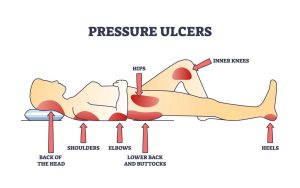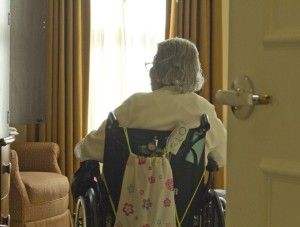California’s nursing homes are failing the people who need them most. Every day, elderly and dependent adult residents are being neglected in facilities across the state. Understaffing, inadequate training, and profit-driven approaches to care create ripe conditions for neglect. And if you think these problems are going away anytime soon, you’re kidding yourself. Between 2023 and 2050, California’s population aged 65 and older is expected to grow from 16.2% to about 24.9% of the total population. (Public Policy Institute of California, California’s Population (2023). That’s a 53.7% increase, and it means a growing number of people will be relying on these facilities to care for every aspect of their daily life. More nursing home residents means more facilities, and more chances for companies to profit off vulnerable people in a growing market.
As the prevalence of neglect grows, so will the demand for accountability. More lawyers will find themselves fielding urgent calls from potential clients – often the surviving family members of someone who died after being neglected in a facility – and throwing their hat into the ring to take on nursing homes. But navigating these cases isn’t simple. California law applies different frameworks depending on the facts. MICRA governs traditional negligence claims against skilled nursing facilities, capping non-economic damages, limiting attorney’s fees, and tightening the timeline to file. The Elder Abuse and Dependent Adult Civil Protection Act (Elder Abuse Act) provides another path when there’s clear and convincing evidence of reckless neglect. While both are important pathways to accountability, many lawyers overlook a third cause of action that offers both strategic advantages in litigation and built-in financial incentives – Health and Safety Code section 1430, subdivision (b).
Section 1430(b) provides a cause of action to hold skilled nursing and intermediate care facilities liable for violations of residents’ rights. Importantly, the statute isn’t limited to a specific list of residents’ rights – it applies broadly to any right granted under state or federal law, including those found in Title 22 of the California Code of Regulations and the Code of Federal Regulations. Protected rights include the right to be treated with dignity, to be free from abuse, to receive adequate attention from staff, and to get appropriate medical care. When those rights – or any other rights protected by law – are violated, section 1430(b) can provide a more targeted, flexible, and accessible remedy than traditional negligence claims.
 California Nursing Home Abuse Lawyer Blog
California Nursing Home Abuse Lawyer Blog














